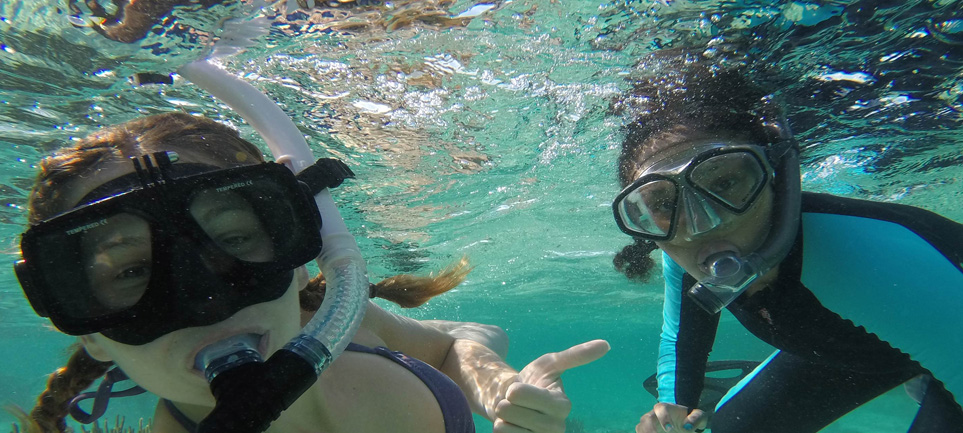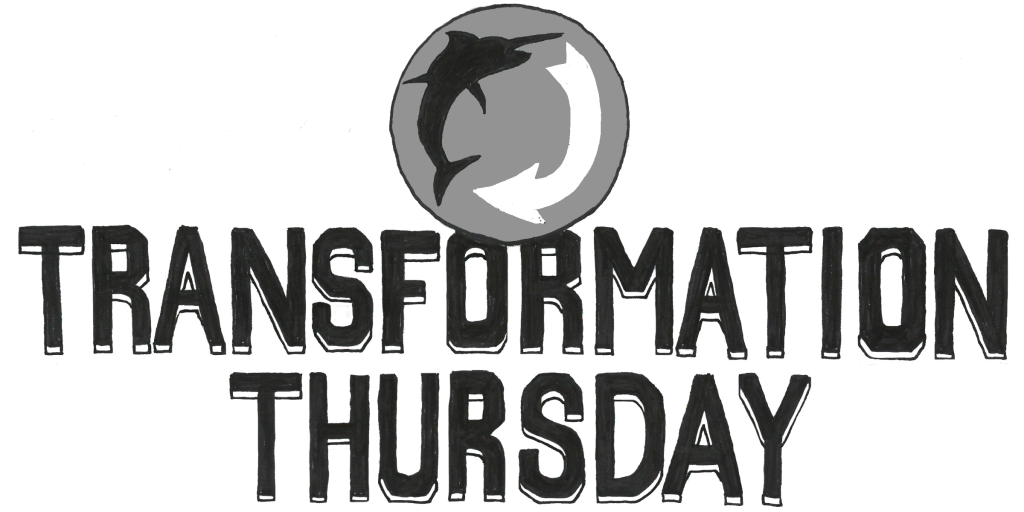Featured Image:
Laila Jones | Marlin Chronicle
Caption: Dr. Eric Mazur in his “Religion in Outer Space” talk.
Dr. Eric Mazur explores what religion in the U.S. Space Program has to say about diversity back on earth and on campus.
OPINION
Professor of Religious Studies Dr. Eric Mazur gave a talk called “Religion in Outer Space” on Nov. 16 in Blocker Auditorium. Mazur discussed the ways in which the space program went from entirely white, Christian astronauts to the diverse group it is today. These changes are mirrored on a smaller scale on campus.
The presentation was based on a book, “Religion and Outer Space,” co-edited by Mazur and Dr. Sarah Taylor.
“I think that there were a number of factors that made the Apollo program the way that it was, which is to say all white, all male and all Christian,” Mazur said. One factor is the pool that potential candidates are being drawn from.
“When you limit the astronaut pool to American military test and fighter pilots, you’re limiting the pool–at that time, in the 50s and 60s—to white, Christian men,” Mazur said.
Interestingly, though, even at its most white and Christian, the space program still had some religious diversity. Humorously, Mazur described his entrance into studying religion and outer space as a kosher corned beef sandwich, brought on to Gemini 3 by John Young.
A corned beef sandwich is a religious symbol here only because it’s kosher, which means it adheres to Jewish dietary restrictions, and it was sold by a Jewish store.
“Specifically corned beef sandwiches were prohibited from the space program until John Young went back into space,” Mazur said in his talk. He mentioned that the sandwich is still preserved in a museum.
Many small religious trinkets were brought to space by astronauts, mostly at the behest of friends or colleagues. Several holy books or parts of holy books were brought into space, for example.
One moment of diversity in the Apollo program that was particularly impressive wasn’t an example of religious diversity, but rather one of cultural diversity.
“We had a program where the American space program, an Apollo rocket, docked with a Soviet spacecraft,” Mazur said. “It didn’t solve the problems of the world, but it was evidence that Americans and Soviets could, you know, engage in a program together without killing each other.”
“That’s a good thing, given a world where people love to kill each other,” Mazur said.
Given the tense political climate at the time, the ability of science to unite, even briefly, two opposed groups is very unique and important. Learning often has that ability: scientists collaborate worldwide, even when tensions are high between countries.
Virginia Wesleyan takes advantage of this ability. The sister campus in Japan and student study abroad programs offer students the opportunity to travel and study, even in nations that the United States is at odds with, like China.
Stories of astronauts taking sandwiches into space, while often funny, are nevertheless important to keep in mind. Religious diversity isn’t always visible, but it’s almost always present.
As the space program grew steadily more expensive, the space shuttle was proposed as a reusable, cost effective alternative to the previous missions. It wasn’t just for the finances it was sold as, though.
“If we’re going to go into space, it’s going to require everybody and it’s going to require that we’re not slugging it out down here.” — Dr. Eric Mazur
“The shuttle was sold to America as a program that was for all Americans,” Mazur said. While most people will likely never go into space, the group of people that are being selected from is much broader, notably including scientists more so than soldiers.
In this broader group there is naturally more diversity. The astronaut program was no longer being selected from the largely white, Christian male fighter pilots; instead, applicants came from a much larger and more varied group of scientists and researchers.
“The changes in the shuttle program were driven by people who realized that they needed a broader pool of participants because you needed to get broader support for the millions of dollars that were being spent on it,” Mazur said.
The inclusion of a more diverse group of people came with the creation of a new story around the space program. Seen on TV and in culture with series’ like “Star Trek,” the idea of space exploration being done by all kinds of people, of all groups, is finally reflected in the US space program.
While it may seem like just a story, the stories surrounding diversity are important.
“I think as humans, we always function with some sort of story to explain how we understand the world,” Mazur said. Whatever this story is based on and what, if any, religion it includes, everyone sees the world through stories.
“I’m not at all suggesting that the stories that narrate these programs explain these changes,” Mazur said, referring to the increase in diversity from the Apollo program to the Artemis program. “They went along with the changes to help organize a way of understanding the changes.”
A story, then, is important to understand a change or changes in something, whether that story is informed by a religion or not. It informs how we think about what we encounter.
The space program increased the diversity of people who could become astronauts because they knew that would get support from the people they needed. In doing so, they changed the story. Virginia Wesleyan has done similarly.
The school has students of many religions on campus, many of them involved with student ministries. Christians, Jews, Muslims and atheists attend Virginia Wesleyan, despite it being a Methodist school. The University accomplishes this through increasing the pool it appeals to and having a story of diversity backed up by real acceptance.
Student Ministries is a great example. Instead of being Methodist, it is much broader. It is open to and has members from varied religions. The students and school tell a story of a welcoming campus that treats everyone equally, and while occasionally it falls short, like with disability accommodation, it is generally great at that, especially in terms of religion and LGBT people.
Increasing diversity in one area generally increases diversity in many areas.
“When you expand different kinds of diversity, particularly in the world today, ethnic diversity, it’s almost certainly going to include religious diversity,” Mazur said. “So you bring in the first Asian American and it turns out he’s a Buddhist.”
As Mazur discussed in his talk, the third woman and first American woman in space, Sally Ride, was the first known LGBT astronaut in space. This wasn’t known to the program at the time, but it nevertheless accompanied the increase of women in space.
This net increase in diversity can be seen on campus. With Student Ministries and most of the students at a remove from the Methodist church in the interest of religious diversity and acceptance, the school has managed to avoid getting embroiled in the United Methodist Church’s conflict over LGBT clergy after a 2019 decision upholding a ban on LGBT clergy. Last year, the school was on the Campus Pride Best Colleges list, receiving five out of five stars.
Diversity is important in the space program, and it’s important here on earth. It’s a lot easier to accomplish anything if all available talent is used, rather than restricting access based on anything inane like skin color, religion or gender.
“If we’re going to go into space, it’s going to require everybody and it’s going to require that we’re not slugging it out down here,” Mazur said.
By Victoria Haneline
vfhaneline1@vwu.edu



